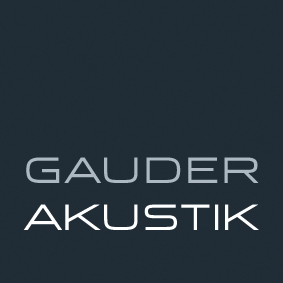Trust your ears and hear for yourself what real innovation in loudspeaker construction means in terms of sound
When a music signal passes through a crossover, it is delayed in time by the coils used there. The larger the coils, the greater the time delay. As there is no coil (low-pass filter) in the signal path of the tweeter, the tweeter signal is not delayed and is emitted first, followed by the mid-range signal and finally the bass signal. Broadband impulses are thus reproduced with a time distortion and lose their dynamic temporal coherence. The music sounds weak and tired.
With TDC technology, we delay the signal from the tweeter to such an extent that it is emitted at the same time as the midrange signal, so that the music is put back together correctly. As our speakers all have very low crossover frequencies from the bass to the midrange (120 Hz - 166 Hz) and the ear is very insensitive in the bass range, there is no need for a time delay between the midrange and the bass. In addition, instruments in this frequency range naturally resonate much more slowly than the time difference generated by the coils.
Thanks to the uninterrupted reproduction with TDC, there is no more distortion in the acoustic phase of the loudspeaker and the music is wonderfully detached from the loudspeaker and plays from "wall to wall" in the listening room - resulting in a perfect illusion of spatial sound.
For the first time in hi-fi history, the TDC technology in combination with our ultra-spaced crossover filters produces perfect impulse reproduction and can absolutely be described as a game changer.

Some manufacturers try to solve the problem of the time offset by moving the tweeter geometrically backwards. Unfortunately, this type of correction has negative side effects. There are very strong reflection and diffraction effects on the cabinet, resulting in new virtual sound sources that interfere strongly with the original signal and cancel out the advantage. In addition, the geometric solution does not take into account the intermediate values in the transition area, which are very large, especially with flat filters. All in all - well-intentioned, but not very effective!


